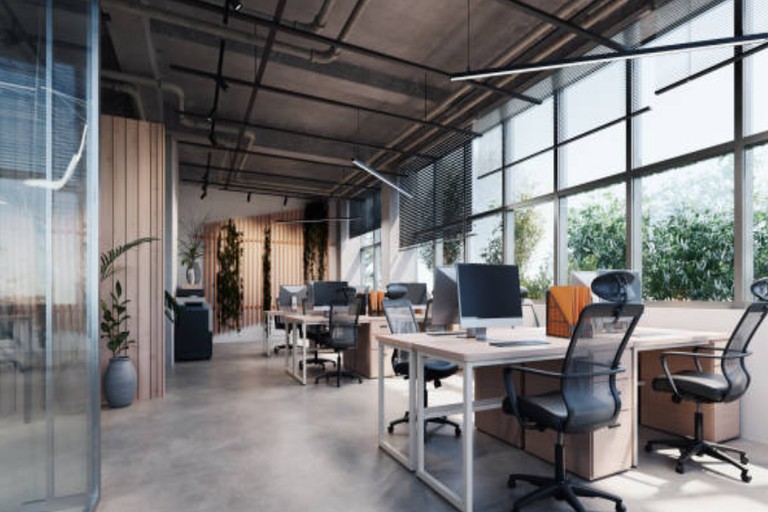London businesses have entered a new phase of workplace evolution as companies refine hybrid work models that balance flexibility with in-person collaboration. After years of fluctuating office attendance, many organisations are now investing in redesigned environments that encourage meaningful interaction without sacrificing the autonomy employees gained during remote working periods. These changes reflect a broader cultural shift in how teams communicate, plan projects, and maintain productivity across diverse schedules.
Employers across the capital report that structured hybrid frameworks have helped restore stability to operations. Rather than requiring full-time office attendance, businesses are adopting policies that allow employees to choose office days based on team needs or project milestones. This approach has enabled staff to enjoy reduced commuting pressures while still benefiting from the clarity and cohesion provided by shared physical spaces.
At the same time, many organisations have overhauled office layouts to better support varied working styles. Open collaboration areas now sit alongside soundproof focus rooms, giving employees greater control over their environment. Managers say this flexibility has contributed to improved morale, particularly among those who struggled with distractions while working exclusively from home or in traditional open-plan settings.
Technology upgrades have played a central role in modernising these spaces. Offices are increasingly equipped with high‑definition conferencing systems, shared digital workstations, and smart booking platforms that help employees navigate hybrid schedules. These enhancements have reduced friction on days when remote and in‑office teams must collaborate, ensuring equal participation regardless of location and preventing communication gaps.
Many employees describe the return to office spaces as an opportunity to rebuild social connections weakened during extended periods of remote work. Casual conversations, spontaneous brainstorming sessions, and mentorship opportunities—once difficult to replicate online—have begun to re‑emerge naturally. Workers say these moments contribute significantly to a sense of belonging and help reinforce professional relationships.
Business leaders note that hybrid arrangements have improved onboarding experiences for new hires. Previously, employees joining during remote‑only periods often felt disconnected from company culture. The renewed presence of in‑office support has provided newcomers with clearer guidance, quicker access to colleagues, and a more tangible understanding of organisational values and expectations.
Some firms have introduced wellbeing initiatives to complement their redesigned environments, recognising that hybrid work can blur the boundaries between work and personal time. Meditation rooms, green spaces, and scheduled wellness sessions have become more common in London offices seeking to support mental health. Employers report that these initiatives help staff manage stress and maintain a healthier work rhythm.
Not all challenges have been resolved, and companies continue to experiment with best practices. Coordinating team schedules remains a complex task, especially for departments relying on cross‑functional collaboration. Managers are still refining strategies for balancing autonomy with accountability, ensuring deadlines are met without imposing rigid structures that undermine the flexibility employees value.
Commuting habits have also shifted. Many workers now choose to travel outside peak times, reducing congestion on public transport and easing the transition back to regular office visits. Some companies have adjusted meeting schedules accordingly, recognising that strict early‑morning expectations no longer align with the realities of modern commuting patterns across the city.
Industry analysts suggest that London’s approach to hybrid work may serve as a model for other major cities navigating similar transitions. They highlight the importance of treating office spaces as purposeful venues for collaboration rather than default locations for daily work. This philosophical shift has encouraged organisations to think more strategically about how physical environments contribute to productivity and team cohesion.
Feedback from employees indicates that hybrid work arrangements offer an appealing compromise between independence and structure. Workers appreciate the ability to tailor their environment to their tasks, whether that involves focused solo work at home or energetic group discussions in the office. This balance appears to support higher engagement levels while allowing staff to manage personal commitments more effectively.
Looking ahead, London companies anticipate further refinements to their hybrid systems as technologies evolve and workforce expectations continue to shift. Many organisations plan to adopt more data‑driven strategies to monitor space usage, collaboration patterns, and overall employee satisfaction. For now, the city’s modernised workplaces represent an ongoing effort to blend flexibility with connection, supporting a sustainable future for both employers and employees.
